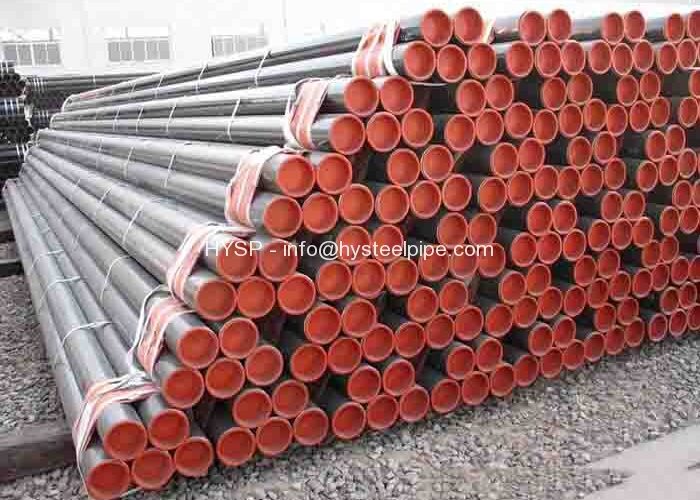Effects of Alloying Elements in Steel
Effects of Alloying Elements in Steel Steel is basically iron alloyed to carbon with certain additional elements in steel to give the required properties to the finished melt. Listed below is a summary of the effects various alloying elements in steel. read more →

Seamless vs. Welded Steel Pipe?
Pipes and tubings are vital elements in upstream oil and gas. From control lines to electrical lines, tubings can be used in diverse applications. In deepwater environments, coiled tubings could run up more than 70,000 feet to produce hydrocarbon. read more →

Carbon Steel Pipe Tolerance and Properties
Carbon Steel Pipe Tolerance and Properties of some common standards. let's share with you HYSP's steel pipe knowledge. read more →

ASTM A106 Carbon Steel Pipe & Tube
ASTM A106 pipe (also covered in ASME specifications as S/A 106) is the standard specification for ASTM A106 carbon steel pipe for high-temperature service. Most common uses are in refineries and plants when gasses or fluids are transported at high temperatures and pressures. read more →

Steel Pipe Manufacturing Process
The manufacture of steel pipe dates from the early 1800’s. Initially, pipe was manufactured by hand – by heating, bending, lapping, and hammering the edges together. The first automated pipe manufacturing process was introduced in 1812 in England. Manufacturing processes have continually improved since that time. Some popular pipe manufacturing techniques are described below. read more →
Send Enquiry Now
- 168#, Miao Qian Xi Jie, Yue Xiu District, Guangzhou, China
- ENQUIRY@HYSTEELPIPE.COM
- CONTACT US HERE !
New Products

ASTM A335 Grade P22 Alloy Pipe Steel 3inch SCH120
HYSP supplies high quality ASTM A335 Grade P22 Alloy Pipe Steel and tube 3inch SCH120 for high pressure and temperature applications.
ERW Steel Tubing 12inch ASTM A53 B
HYSP Steel Pipe supply you ERW Steel Tubing 12inch ASTM A53 B SCH40 or API 5L ERW steel pipes for your gas and oil line pipe or water pipes application.
API 5L B ERW Steel Tube OD 426MM
HYSP makes API 5L B ERW Steel Tube OD 426mm x 9.53mm WT DRL for your applications like gas and oil line pipe. we can customize size and steel grade per request.
L235 ERW Pipe EN10224 OD 323.9mm
HYSP steel pipe makes L235 ERW Pipe EN10224 OD323.9mm steel tubes for the conveyance of water and other aqueous liquids. we also produce as required size.
